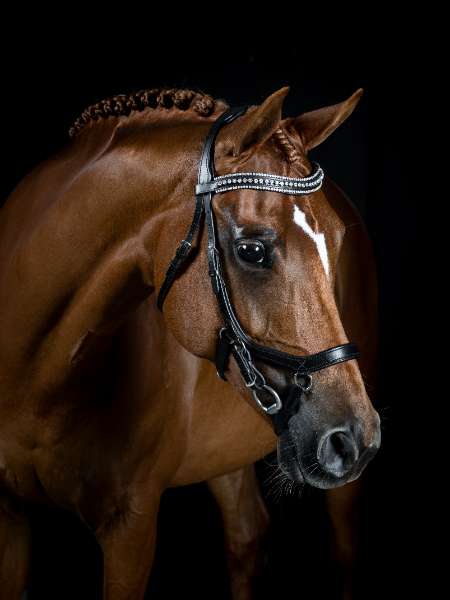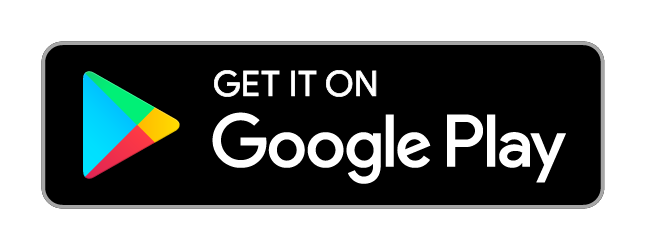Understanding the components of a horse bridle and how they function together is essential for effective communication and comfort while riding. The bridle plays a crucial role in conveying signals from the rider’s hands to the horse, with each part contributing to the overall control and guidance of the horse’s movements. Whether you're selecting a bridle for the first time or fine-tuning the fit, knowing the purpose and proper adjustment of each piece—from the headpiece to the reins—can make a significant difference in your riding experience and your horse’s well-being.
What Are Horse Bridles?
The bridle is a crucial component of riding equipment, as it holds the bit in the horse’s mouth and effectively conveys signals from the rider's hands to the horse. Acting as a communication tool, the bridle, bit, and reins work together to give the rider control over the horse’s head. The bit applies pressure to the horse’s mouth, complementing the rider's other aids, such as leg movements and weight distribution. For skilled riders and experienced horses, the reins and bit serve less as primary communication tools and more as a "connection cable" for maintaining contact.
The Different Parts of a Horse Bridle
Horse Headpiece
The headpiece, also known as the crownpiece, is the primary part of the bridle that rests on the horse’s head and extends behind the ears. It connects to the cheek pieces, which are attached to the bit, securing it in place. As the main strap holding all other parts of the bridle together, the headpiece is considered the central component of the bridle.
Horse Browband
The browband runs across the horse’s forehead, just below the ears. Its main function is to prevent the bridle from sliding back towards the horse’s neck. Browbands are often adorned with decorative stones or gems, adding a fashionable touch to the bridle, as seen in many stylish designs.
Throatlatch
The throatlatch is a strap positioned under the horse’s ears and fastened beneath the throat. It’s crucial to ensure that the throat latch is not too tight, as this could restrict the horse’s breathing when it goes on the bit. The primary role of the throat latch is to prevent the bridle from slipping over the horse’s head, which could occur in the event of an accident or if the horse rubs its head.
Horse Cheekpieces
The cheek pieces, mentioned earlier, are straps that hold the bit in place. These can be adjusted to lengthen or shorten the straps, thereby altering the height of the bit in the horse’s mouth.
Horse Noseband
The noseband is a strap that encircles the horse’s nose. Its function is to keep the other parts of the bridle in place and prevent the horse from opening its mouth too wide. Nosebands come in different styles, such as the cavesson, which is placed just below the cheekbone on the back of the nose, and the Hanoverian or drop noseband, which is positioned lower on the nose, under the bit, and rests in the horse’s chin groove while still lying on the nasal bone.
Flash Strap
The flash is a thin strap attached to the noseband and secured under the horse’s chin. It helps stabilise the bit in the horse’s mouth and prevents the horse from crossing its jaw or placing its tongue over the bit. However, the flash is not used with drop nosebands and has become less popular among equestrians in recent years.
Horse Bit
The bit is the part of the bridle that goes inside the horse’s mouth, resting in the interdental space between the horse’s teeth, known as the “bars.” Two rings attached to either side of the bit rest outside the horse’s mouth. There are many different types of mouthpieces available, but that’s a topic for another time.
Horse Reins
Finally, the reins are attached to the bit rings, linking the rider to the horse. Reins are an essential part of every bridle, serving as the rider’s direct connection to the horse.
Fitting The Horse Bridle Parts
Headpiece
It's crucial that the headpiece of your bridle is designed to avoid placing pressure on your horse’s ears and poll. Padding can be beneficial to prevent any pressure from transferring to the horse, but be cautious of designs with excessive or poorly shaped padding, as this can actually cause the headpiece to be too large and press on the ears and poll.
Browband
The browband should rest comfortably on the flat area just below the ears, not sagging, but also spacious enough to avoid pulling the headpiece forward onto the ears. The throatlatch should be fastened so that you can fit four fingers sideways underneath it; tightening it too much can restrict the horse's breathing.
Horse Bit
Make sure the bit is positioned at the correct height – both sides should be perfectly level, and there should be one or two wrinkles at the corners of the horse’s mouth, depending on the type of bit used.
Noseband
If you're using a cavesson noseband, it should be placed two finger widths below the bottom of the cheekbones. The buckle should be positioned to avoid pressure on the jawbones, ideally fastening in the gap between them or away from sensitive areas.
Cheekpiece
Ensure the buckles for the cheekpieces and noseband, once adjusted to the correct height, are aligned with or slightly below eye level. This is important because if they are positioned too high or low, they may exert pressure on very sensitive areas of the face. Additionally, the buckles should lie behind the horse’s cheekbones, not resting on top of them.
Summary
In summary, a horse bridle is an integral part of riding equipment, designed to facilitate clear communication between rider and horse. Each component, including the headpiece, browband, throatlatch, cheekpieces, noseband, flash strap, bit, and reins, plays a specific role in ensuring the bridle fits correctly and functions as intended. Properly fitting each part of the bridle is crucial for maintaining the horse’s comfort, avoiding unnecessary pressure on sensitive areas, and ensuring effective control during riding. By understanding and carefully adjusting these elements, riders can enhance both their connection with the horse and the overall riding experience.



































